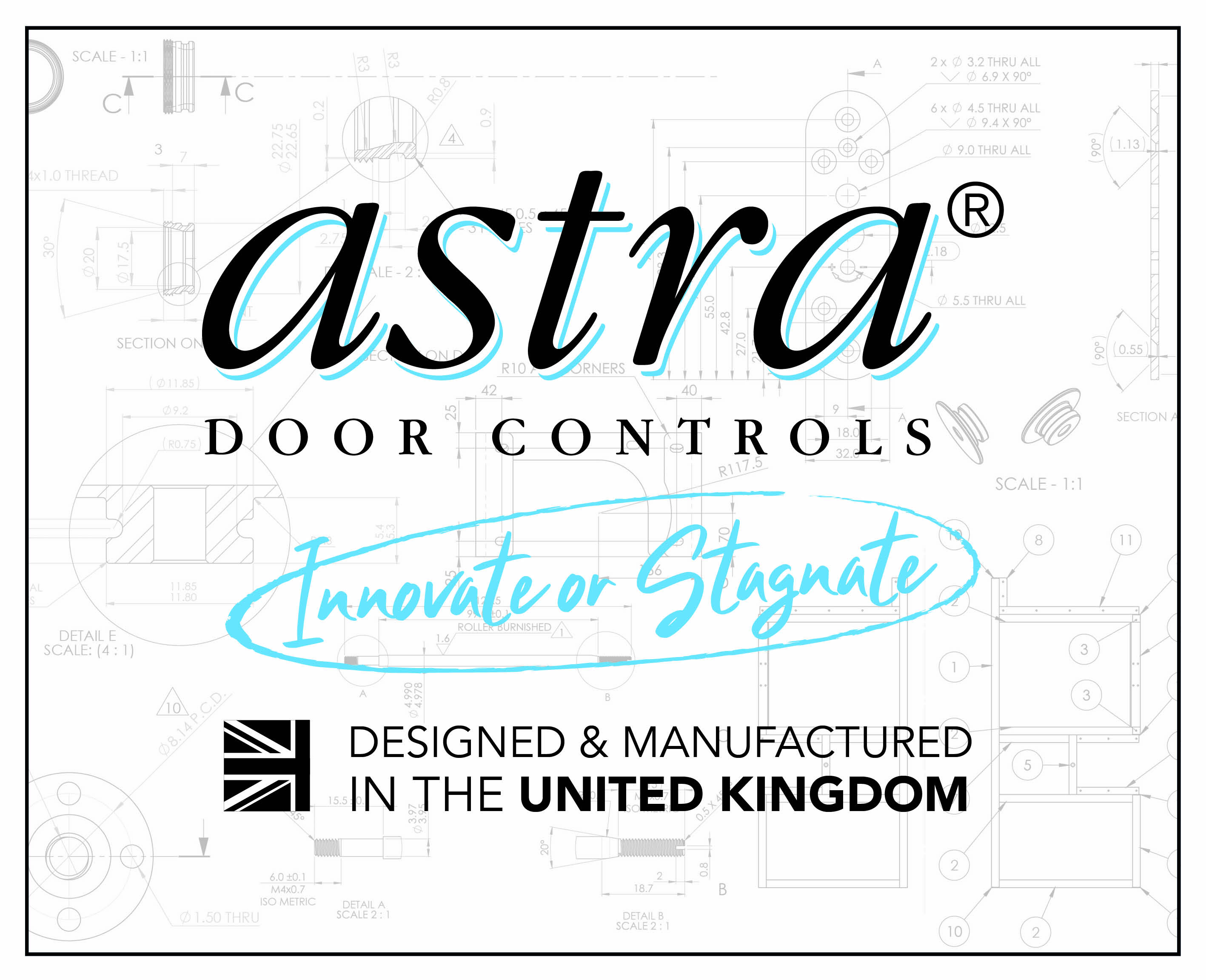Picking the right door closer, for any door, is an essential part of any architectural project. What’s more, looking after those door closers, and ensuring they always work as they should, is an essential part of any building’s maintenance. Door closers hold more importance than they are often given credit for, so it’s important you get them right.
Picking the right door closer, for any door, is an essential part of any architectural project. What’s more, looking after those door closers, and ensuring they always work as they should, is an essential part of any building’s maintenance. Door closers hold more importance than they are often given credit for, so it’s important you get them right.
Door closers should ensure that you can open and close the door with a reasonable amount of force – so that it won’t swing open with a tiny gust of wind, but also won’t be too heavy to open in an emergency. Figuring out which door closer can strike that balance is often a very intimidating task, so we’ve put together a list of our top dos and don’ts to help you tackle the process with ease.
In terms of picking the right closer…
- DO chose the right size & finish. Make sure the door closer actually closes the door, and ensure it matches the other door hardware for a more cohesive final look.
- DON’T assume an overhead door closer is the only option. Concealed door closers, like our 4000 series, come with all the right safety requirements needed for them to work correctly and comply to regulations, and look a lot better than overhead closers do. They tuck away on the hinge edge of the door and the jamb, meaning they are less unsightly, and, as an added bonus, harder to tamper with.
When it comes to fitting the closer…
- DO check it complies to all the right regulations. To fit a closer in the UK or EU, it should be CE marked. Following Brexit, from the 1st January 2023, the closer needs to be UKCA marked for it to comply to all the correct UK regulations.
- DON’T assume that one size fits all. Just like anything in life, what works in one context – or in this case, what works on one door – won’t always fit another.
- DO adjust the closer as you see fit. Following on from our earlier point, adjust the closer according to the door, to ensure it works correctly.
- DON’T mount the closer where it can be easily tampered with. As we mentioned earlier, one of the great benefits of concealed door closers is that they are much harder to damage than their overhead counterparts.
In terms of maintenance…
- DO check the closer regularly. Just like you should check fire doors and smoke alarms, door closers are no different. Check them regularly, and replace when they start to fail.
- DON’T wedge or prop a door open when it’s fitted with a closer. Propping the door open will essentially render the closer useless, as it won’t be able to open or close through reasonable force.
Whilst these considerations may seem a little bit daunting, don’t let them intimidate you! Here at Astra, our concealed door closers hit all of this criteria and beyond: they’re CE marked, hard to tamper with, and they tuck away nicely to avoid being an eyesore. Plus, our team would be more than happy to discuss with you which size and style of our closers would fit your doors best – get in contact today on 01772 796901 or email info@astradoorcontrols.com.
